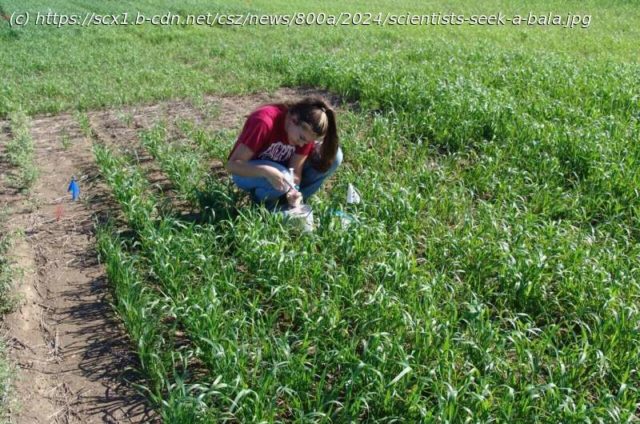Scientists at the USDA’s Agricultural Research Service (ARS), Northern Plains Agricultural Research Laboratory (NPARL), in Sidney, Montana, completed a study that shows the use of continuous cropping systems can better sustain crop yields while reducing greenhouse gas (GHG) emissions in semi-arid regions.
Scientists at the USDA’s Agricultural Research Service (ARS), Northern Plains Agricultural Research Laboratory (NPARL), in Sidney, Montana, completed a study that shows the use of continuous cropping systems can better sustain crop yields while reducing greenhouse gas (GHG) emissions in semi-arid regions.
NPARL research scientists Upendra M. Sainju, Brett L. Allen, and Jalal D. Jabro evaluated the effect of three long-term (34-year project) dryland cropping systems on GHG emissions and crop yields in the U.S. northern Great Plains. The objective was to evaluate improved cropping systems like continuous cropping, which involves growing crops annually and eliminating the summer fallow (unplanted field) period, for GHG emissions and sustainable crop yields in dryland conditions.
„The study revealed that long-term no-till continuous cropping systems can reduce GHG emissions while sustaining crop yields compared to the conventional till crop-fallow system, which is the traditional two-year crop rotation of dryland farming in the Northern Great Plains“, explained Sainju.
Start
United States
USA — IT Scientists seek a balance between crop production and protecting the environment






